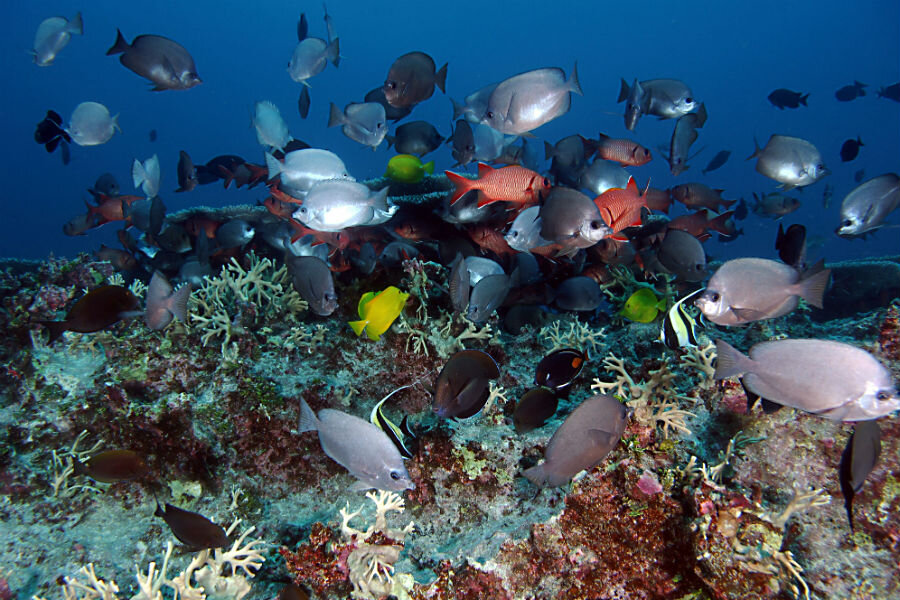Obama edges closer to creating Earth's largest protected nature reserve
Loading...
The federal government could be planning to expand one of the United States’ largest National Monuments, after scientists claim to have discovered several new species of fish there.
Papahānaumokuākea Marine National Monument, a World Heritage Site encompassing around 140,000 square miles of the islands northwest of Hawaii and their surrounding waters, is the second largest US National Monument behind the sweeping Pacific Remote Islands Marine National Monument – and covers more area than every National Park in the US combined. Its waters are home to more than 7,000 recognized species, around one-fourth of which are native to the Monument’s territory, and it contains the Hawaiian Islands National Wildlife Refuge.
Even with its already massive scope, though, local officials have been pressing the government to add to the monument’s range to protect its island and reef habitat from outside interference. Established in 2006 by former President George W. Bush, Papahānaumokuākea could now potentially be enlarged to cover the entirety of the Northwest Hawaiian Islands, which proponents of the action say would make it the largest protected area in the world, at more than 580,000 square miles.
"A thoughtful expansion of the [monument] will continue Hawai'i's long history of sustainable use of the land and oceans into the future, and help ensure that we can give our children the legacy of a healthy, vibrant Pacific Ocean," Sen. Brian Schatz (D) of Hawaii wrote in a letter to President Obama, according to The Washington Post.
The expansion plan would be a victory for environmental groups aiming to conserve the Papahānaumokuākea's diverse ecosystem, pushing back the boundaries for fishing in the region to allow the area’s species more freedom and protections.
"What we're basically looking at is a kids' game of tag, where a protected area is a home base," University of Hawaii marine biologist Robert H. Richmond told the Post. "The larger home bases will protect more resources, and get better connectivity."
An expansion would also further safeguard the monument's historical significance for native Hawaiians, who make use of the waters for cultural voyages.
Not everyone is enthusiastic about the move, though, which insiders say Mr. Obama could follow through within the coming months under the Antiquities Act of 1906, saying it would have a negative effect on Hawaii's economy as 95 percent of its fisheries rely on domestic fishing.
"The Antiquities Act was meant to protect small places.... And it's supposed to be the for the smallest area possible," Western Pacific Regional Fishery Management Council senior scientist Paul Dalzell told Radio New Zealand. "It was never intended to parcel off great large areas of land or indeed to be applied to make these huge expansions of water."
Fishermen would still have access to some areas not currently contained within Papahānaumokuākea and small-boat or recreational fishing could be allowed in isolated areas, but an expansion would cut back on larger-scale commercial operations there.
Already home to several unique and endangered species, Papahānaumokuākea’s diversity was recently enhanced with the discovery of what is believed to be the world's largest sea sponge. And this week, National Oceanic and Atmospheric Administration (NOAA) researchers say they have found three new species of fish while studying coral there.
"[I]t kind of speaks to the fact that these deep coral reefs are very poorly explored and that there is a lot that is yet to discover," NOAA scientist Randall Kosaki told Hawaii News Now, highlighting the ecological potential the Monument still has in store.






